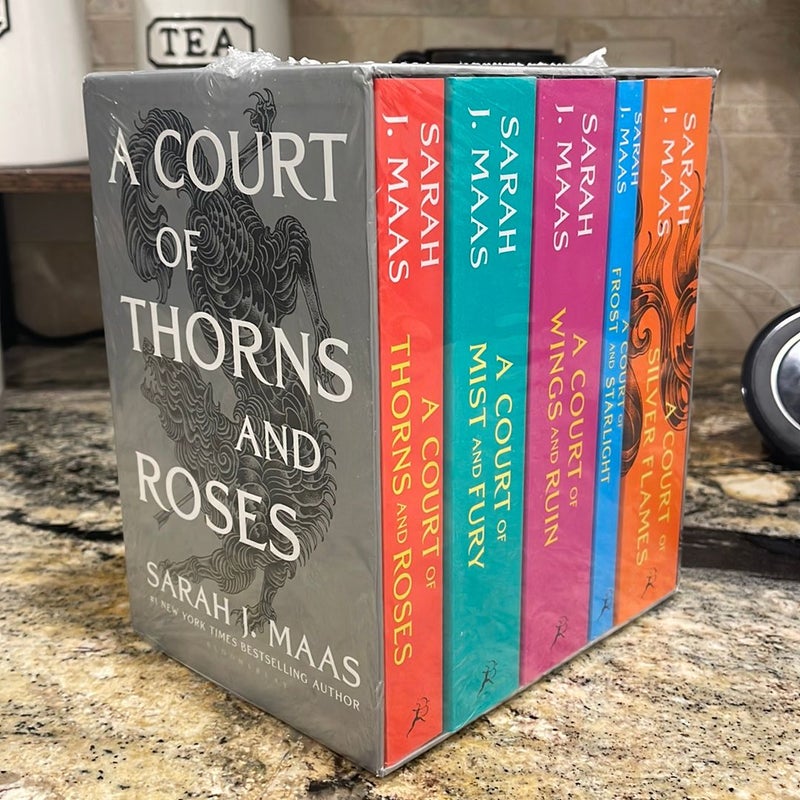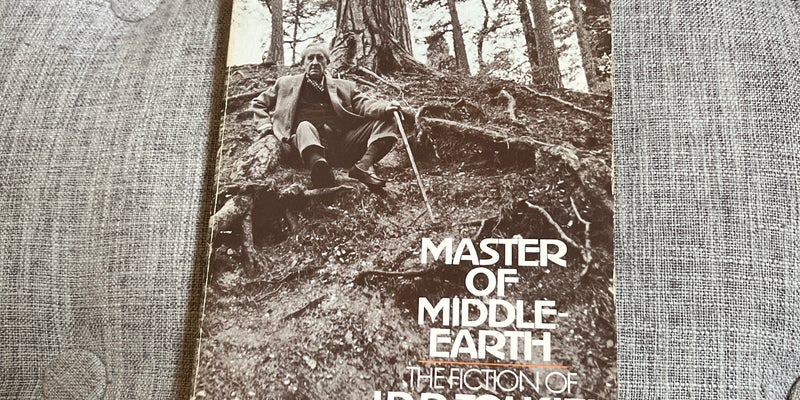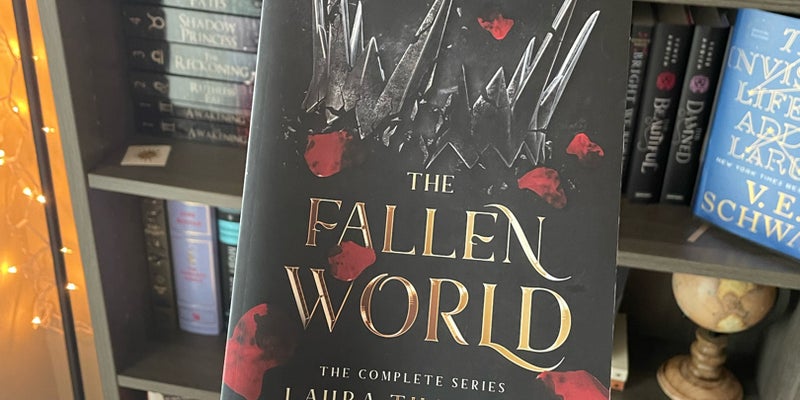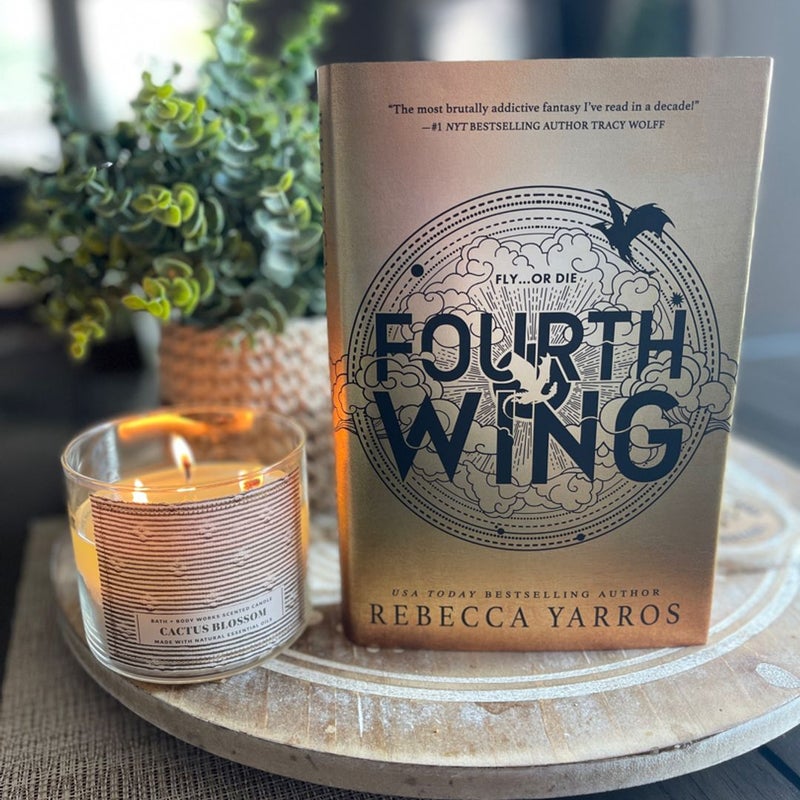A short history of fantasy literature
The fantasy genre incorporates a vast range of different types of stories, but at its core, it describes anything involving magical elements and settings. In contrast to other types of speculative fiction like sci-fi and horror, fantasy books are typically steeped in folklore and mythology, and they often take place in environments inspired by some chapter in history.
In a modern context, the tropes and aesthetics associated with the fantasy genre are often (but not always) medieval in nature. Epic poems such as Beowulf and various Germanic and Scandanavian sagas established many of these key themes and narrative elements over a thousand years ago. It's no coincidence that J.R.R. Tolkien himself was a scholar of this type of historic literature. The chivalric romances of the middle ages—like The Song of Roland—further contributed to this corpus by popularizing such plot devices as the knight's quest.
In Europe, during the early modern period and enlightenment, there were many works that can be classified as fantasy, including The Fairie Queene by Edmund Spenser and many of Shakespeare's plays. In the romantic and Victorian eras, the form of the modern fantasy novel began to take a more familiar shape, as more books were published for broad consumption. Romantic poets and artists such as William Morris had an interest in medieval art and literature, which combined with a general embrace of the fantastic in their work. Throughout the late nineteenth and early twentieth centuries, adventure stories with fantastic elements by writers like H. Rider Haggard and Lord Dunsany proved extremely popular and influential. Hugely successful works from the likes of Lewis Carroll, L. Frank Baum, and many others continued to bring fantasy stories into the mainstream.
It was this body of work combined with those earlier influences that inspired the now iconic fantasy authors and series of the twentieth century such as C.S. Lewis, Ursula K. Le Guin, and of course, Tolkien, whose Middle-Earth novels created a specific fantasy strain known as "High Fantasy." While there were popular fantasy series before Tolkien (a good example is The Once and Future King series by T.H. White), modern fantasy literature can cleanly be divided into pre-Tolkien and post-Tolkien eras. In the decades since his brave hobbits lept off the page, scores of fantasy authors have stood on his shoulders such as Raymond Feist, Robert Jordan, and Brian Jacques.
Today, the fantasy genre has expanded into an overwhelmingly large universe of sub-genres and styles with genuinely something for every possible reader to enjoy. There are comical fantasy books by authors like Terry Pratchett. There's a whole school of dark fantasy epitomized by books like Shadow and Bone by Leigh Bardugo. There are extremely popular young adult fantasy series like Sarah J. Maas "A Court of Thorns and Roses." The fantasy medium has also been wielded by an increasingly diverse range of authors who use their imagined worlds to explore the injustices of our own.
From its origins centuries ago to today's expanding realm of outstanding books, there's never been a better time to be a fantasy reader. Explore PangoBooks today to find your next fantastic adventure!





